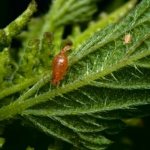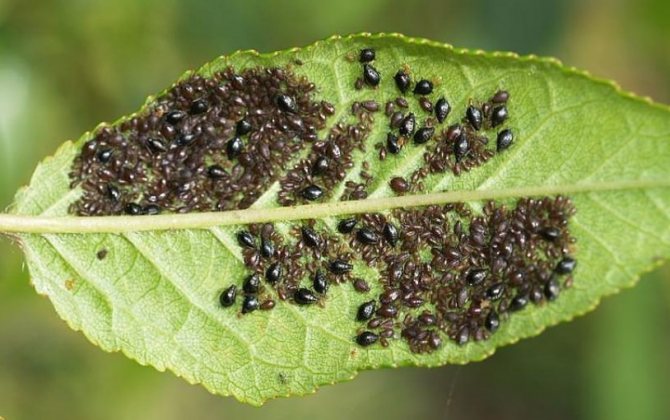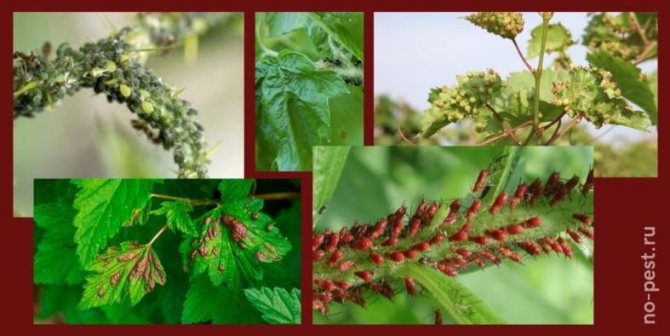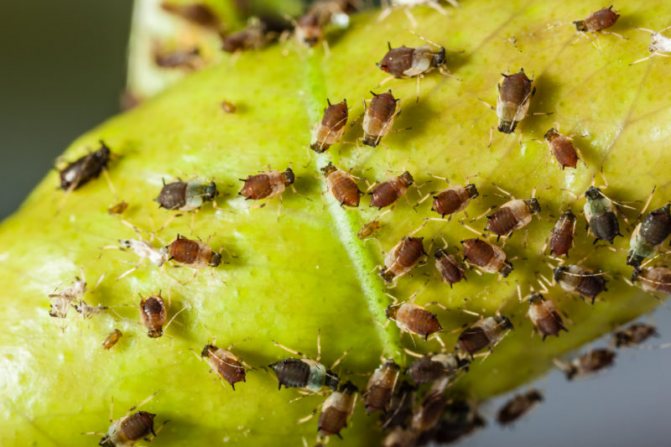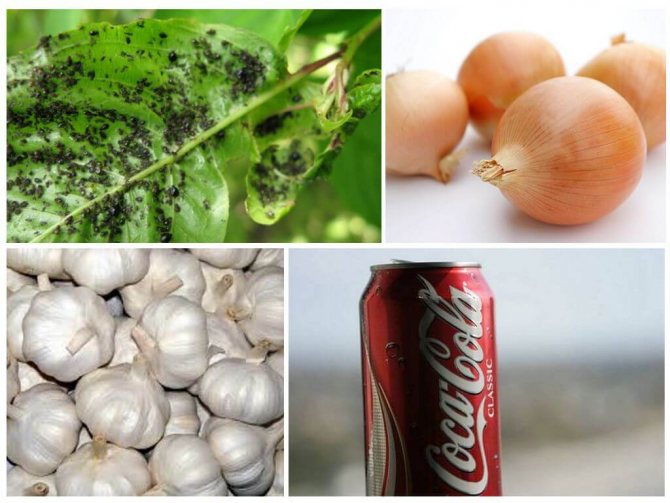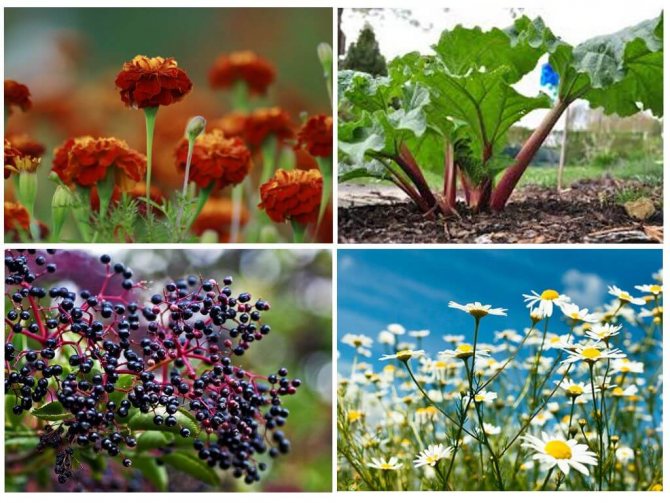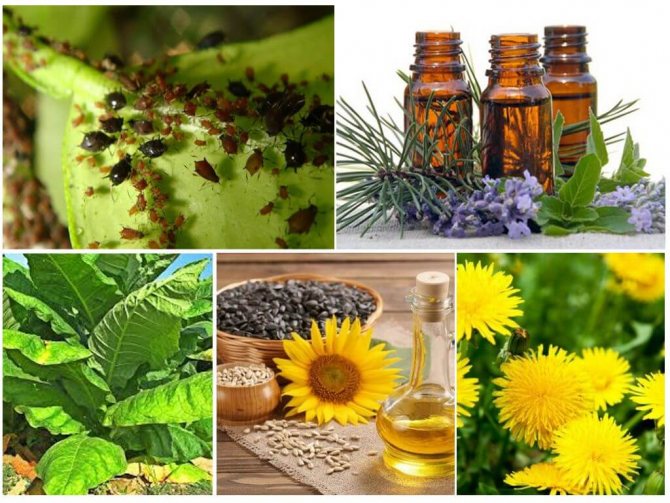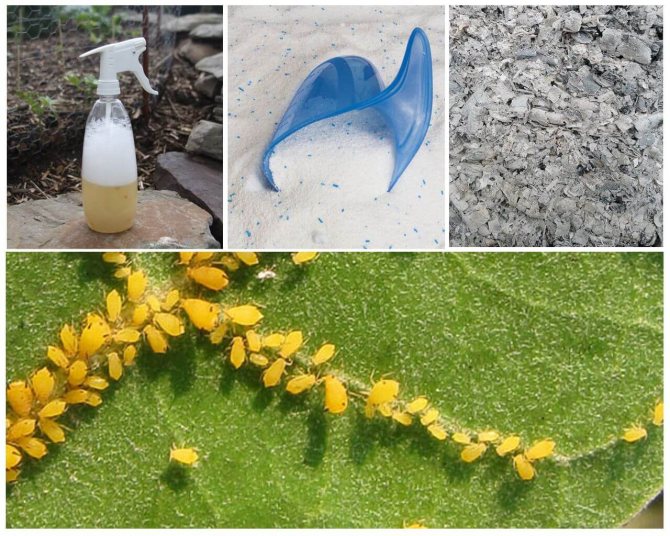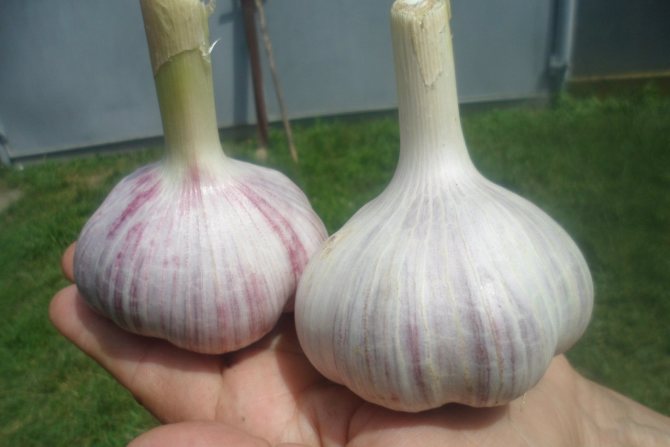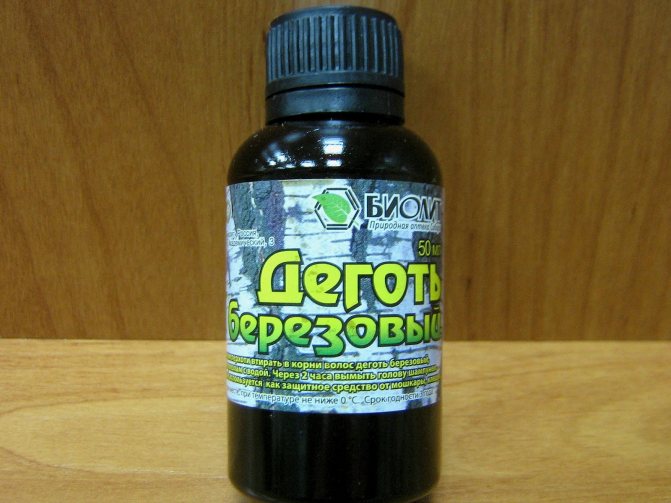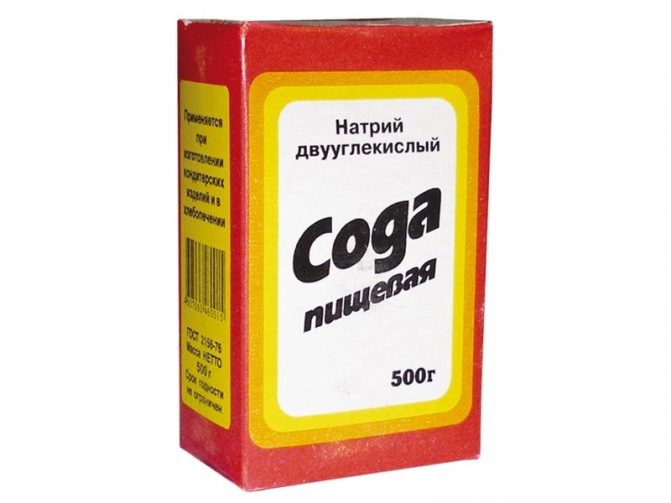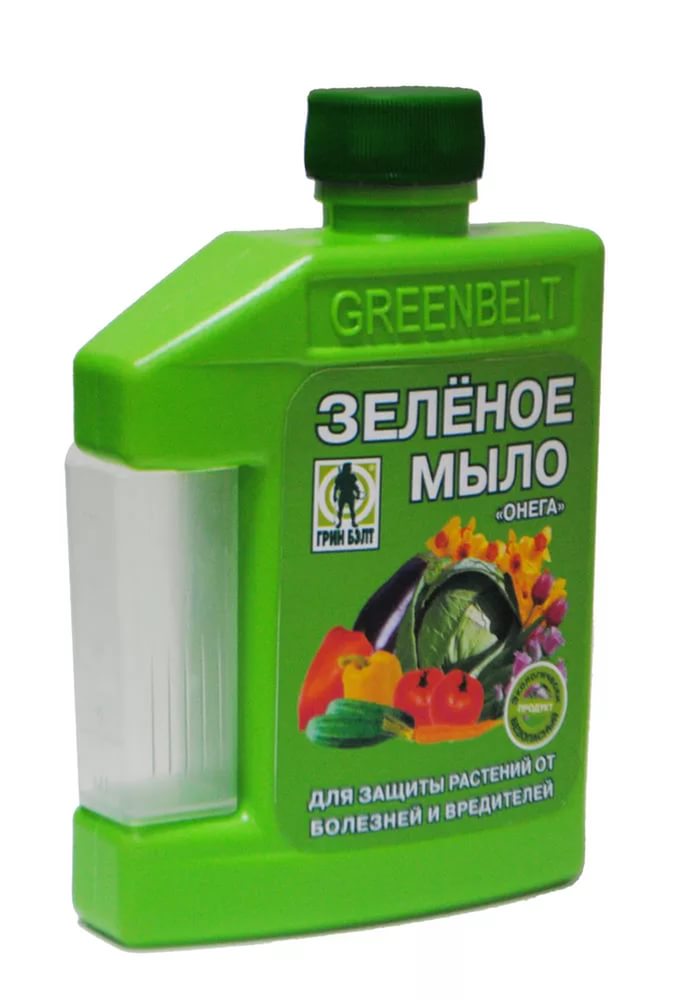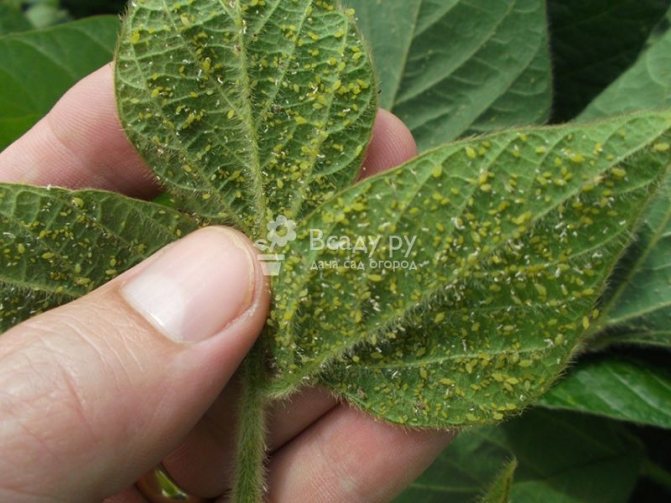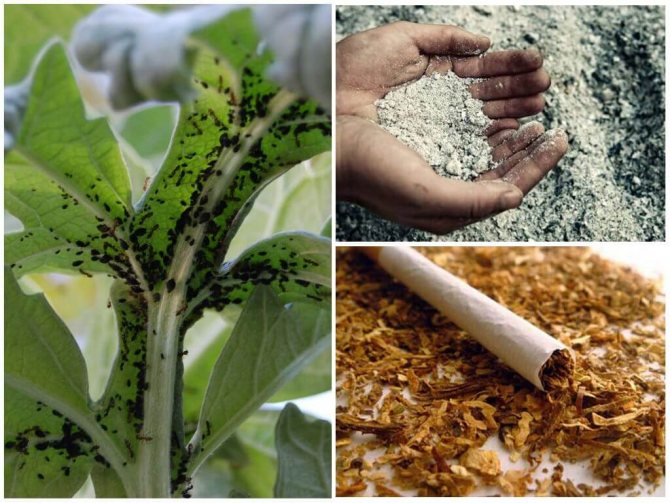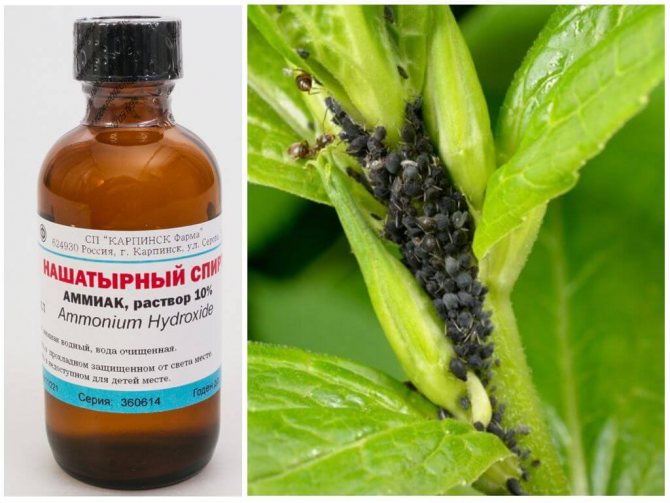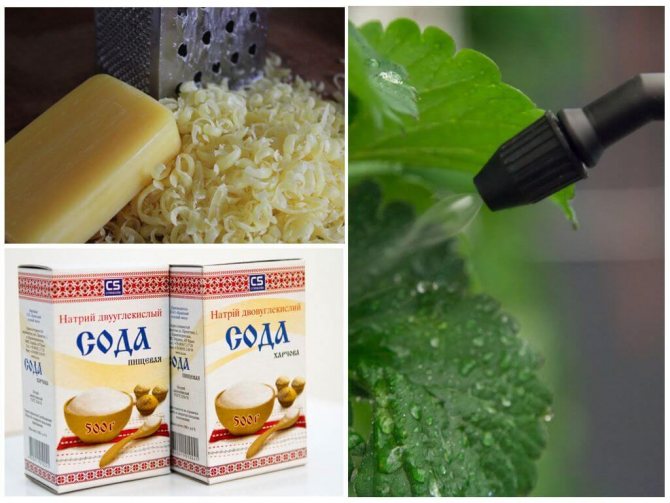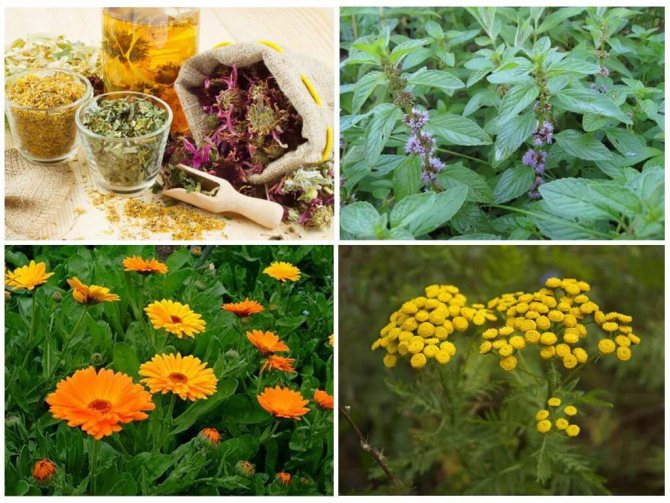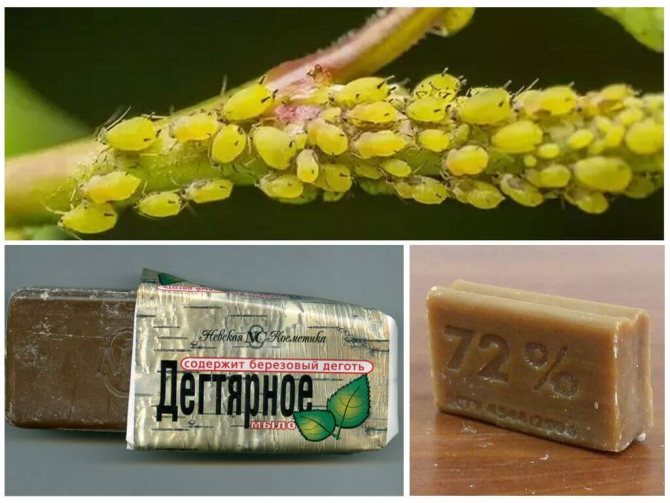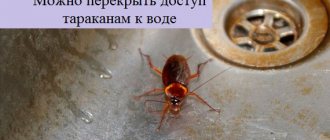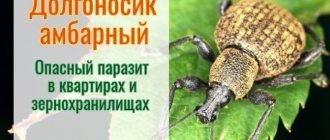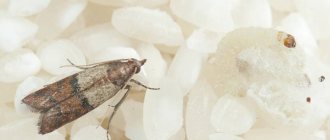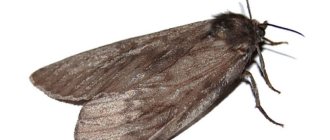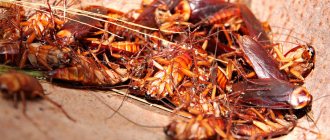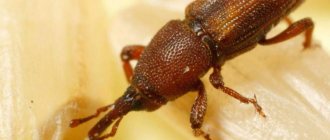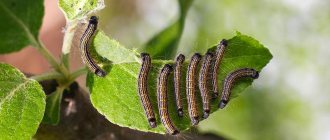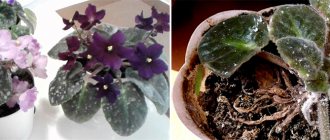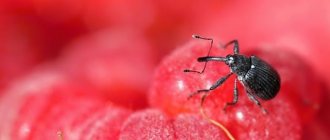Invasion of pests is a problem that many summer residents face every year. A sucking insect such as aphids is a great danger to plant crops. They attack the plant, which leads to the cessation of its growth and development, and in the future, death. If you manage to recognize the signs of the activity of the parasite in time, you need to immediately take measures to destroy it. You can fight plant parasites in various ways. Folk remedies give excellent results. Let's take a closer look at them.
Sorry, there are currently no polls available.
What is dangerous for aphids, description of the pest
The aphid is a miniature insect that grows up to 0.5-2mm in length in adulthood. The body of the parasite has an ovoid shape, if you press on it, it will immediately be crushed. This insect can be of different types. They all differ in external data.
Fruit trees, ornamental plants (rose, chrysanthemum) are often attacked by green aphids, black aphids settle on legumes and cornflowers. There are also melons, cotton, apple, tobacco, viburnum, currant aphids.
Parasites can have wings. Those that move on the ground are mainly carried by ants. Fertility is characteristic of aphids, the insect actively reproduces. Once every 14 days, a new generation is born (there are 150 of them). In this regard, difficulties can arise during pest control.
The parasite bears the greatest danger during the period when it sucks out cell sap from all parts of plants. Thus, it deprives the plant of important substances. As a result, it begins to fade, and during a massive attack it dies altogether. Leaves and tops become deformed, shoots stop growing.
The insect can inflict great damage on immature plants. The substance that it secretes covers the leaf, disrupting the process of photosynthesis. The insect acts as a carrier of bacteria, viruses and fungi that cause disease. Basically, plant lice are attracted by unkempt areas, soils oversaturated with nitrogen or those that lack phosphorus.
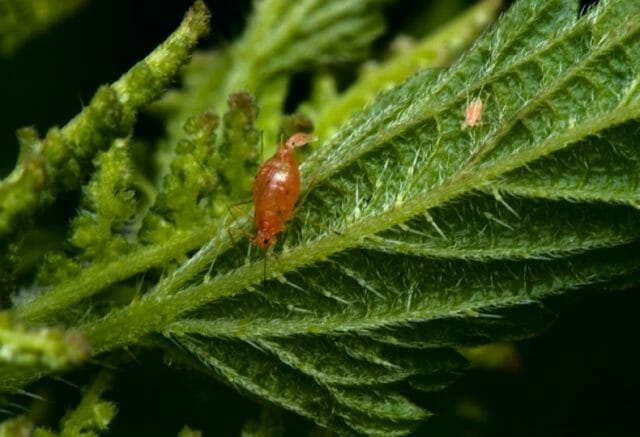
Signs that aphids have started up on the site are as follows:
- a sticky coating (pad) is found on the back of the leaves;
- white scales are formed under the plant (discarded shells of the parasite);
- around the planting you can observe an abundant accumulation of ants.
- leaves curl and turn yellow;
- the buds are deformed and not fully developed.
Fact! Aphids are carried by garden ants. The parasite secretes a sticky, sweet substance that these hardworking insects enjoy. If the nests are not eliminated, all efforts to control aphids will be ineffective.
As soon as the uninvited guests were found on the site, you need to immediately begin to exterminate them. The most effective way is considered to be the use of insecticides. Due to the fact that these drugs are considered hazardous to human health, it is highly discouraged to process vegetables and herbs with them. This method is often resorted to by unscrupulous summer residents who grow crops for the purpose of its further implementation. Your task is to grow organic products without chemicals.In this case, you need to study gentle methods that are based on the use of folk remedies.
Description of the dangers of this disease on plants
This pest bears the greatest harm to young plants, from which, in fact, the suction of cell sap occurs.
Aphids on roses and trees are also dangerous because they release poison. It leads to twisting, deformation and death of leaves, a stop in the growth of shoots, curvature of the tops.
If you do not get rid of black aphids on roses and other plants, then sugar-containing secretions will hopelessly contaminate the leaf surface and disrupt the functioning of a previously healthy body.
Neglecting the problem at the first stages of its occurrence will lead to the fact that very soon it will be possible to notice how more and more new plants become infected with harmful viruses.
Especially extensive damage is observed in orchards and professional rose gardens. And the greatest danger this ailment is for young seedlings of fruit trees.
Folk methods of dealing with aphids in the garden and vegetable garden
If you are determined to fight plant parasites and want to use folk remedies for this, you need to consider that most of them are not able to destroy insects. Their use allows you to scare away uninvited guests.
Spraying should be carried out at least three times, with an interval of 7-10 days. This is best done in the evening on a dry day. If it rains, the procedure is repeated.
To provide prevention, you can use an infusion of wood ash. This means you need to powder the plant. It is prepared as follows: 300 g of ash are poured into 10 liters of water, put on the fire and brought to a boil, 40 g of grated soap is added to the composition before irrigating the plantings.
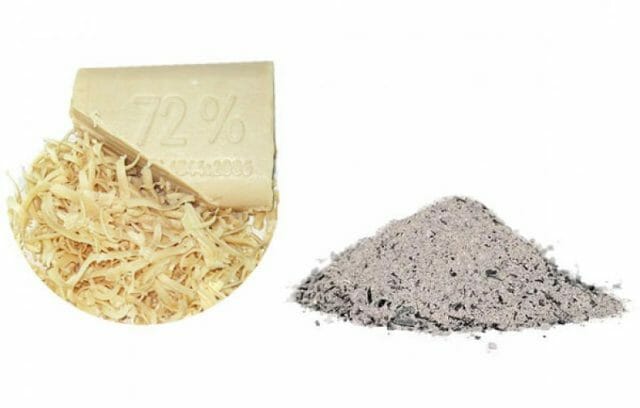

Soap and aphids
An easy way to repel insects is to use laundry soap. On the basis of this tool, you can prepare a solution. One piece of crushed laundry soap is dissolved in 10 liters of water. It is permissible to use liquid soap (125 g per 10 l).
Soap-based solutions can be supplemented with onion peels, ash. The resulting product is sprayed with plants or rubbed with stems and leaves. The greatest attention is paid to places where there is abundant accumulation of pests (lower part).
Mustard powder is suitable as an additive. To prepare the solution, you need to dissolve 20 g of mustard in powder in 9 liters of water and add 200 g of green soap to the composition. After that, copper sulfate (180 g) must be poured into the liquid.
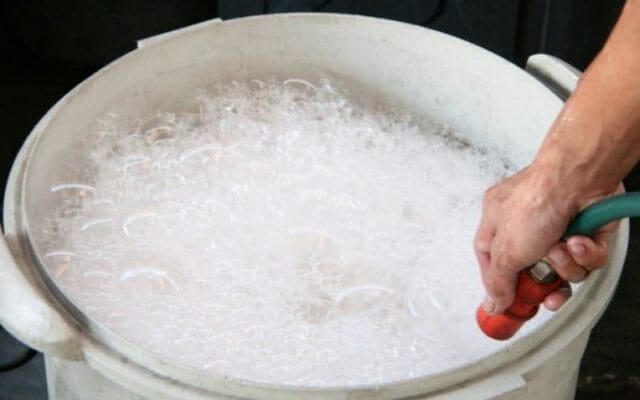

A good effect is observed from spraying with a solution of potassium soap. This method will also act as an outside root dressing. Process the top and bottom of leaves, stems.
Soap solution is good for fighting aphids that attack the rose. With a massive accumulation of parasites, you can spray with a solution based on a solution of laundry soap (half a bar per 10 liters of water).
Important! Experienced gardeners have already tried different means to combat aphids. In the course of experiments, it turned out that using dishwashing detergent leads to burns on the leaves, so safer methods should be preferred.
Fumigation is the path to health
Paradoxically, tobacco smoke, which is harmful to humans, benefits plants. And this is done as follows: a small fire is kindled in a metal can of canned food. As soon as the latter flames up properly, tobacco dust is poured into it. White smoke immediately starts pouring out of the can.
With a can, from which thick and rather fetid smoke is pouring, they bypass the site, thereby destroying the aphids.
The same method has been used by our ancestors since ancient times, saving trees from short-term frosts.Modern summer residents, exhausted by the intrigues of pests generated by NTP, have significantly expanded the "functionality" of the smoky method.
Interesting and effective methods such as sprinkling with essential oils with cream, washing with a suspension of sunflower oil with water, and many others. Selection of a method taking into account all the nuances of the situation will give the expected results.
How to remove aphids with a detergent solution
The destructive effect on aphids is exerted by such a means as washing powder. It must be used carefully, as there is a high risk of causing a burn on the leaves. Due to the fact that all powders have a different composition, you will have to choose a suitable concentration. Experienced gardeners recommend starting with a 1% solution.
Important! Before starting the fight against plant lice, you need to test the selected remedy on one bush. If it remains intact, in a day you can start processing all plantings.
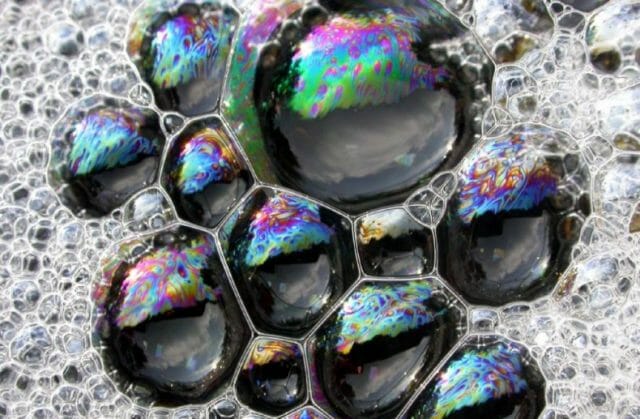

Onions and onion peels, how to get rid of aphids with folk remedies
Aphids will not attack a planting that has been treated with an infusion of onions or onion peels. To prepare the product, you need to pour 200 g of husk with 10 liters of water and let the liquid brew for half a day.
Another recipe based on onion peels involves mixing with orange and lemon zest. Both funds are mixed, filled with boiling water, and then infused for at least three days. Before spraying, the infusion is diluted with a small amount of water.
To get an effective antiparasitic agent, you need to take 2 onions, chop them, pour 10 liters of water, then insist for about 12 hours, strain and add grated household soap (one third of a piece) to the agent.
Important! It is necessary to resort to the use of onion-based decoctions and infusions with caution. If the dosage is exceeded, the liquid can provoke burns in plants.
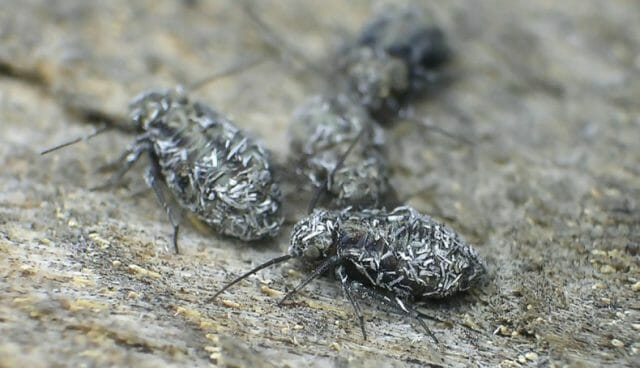

Fight against aphids with makhorka and tobacco
An effective remedy is that which has insecticidal properties. For this purpose, you can use tobacco. To scare away aphids, tobacco, tobacco dust, makhorka are suitable. On the basis of the funds, decoctions, infusions, solutions are prepared.
- To make an infusion, you need to grind 200 g of tobacco leaves, pour 5 liters of water over them. Insist for a day. Then pour in 10 liters of water, simmer for about 2 hours.
- To prepare the broth, you need to mix tobacco dust with water (in a ratio of 1:10). Insist the liquid for 2 days, then dilute with water (1: 3) and add soap (one third of the bar).
Important! If processing is carried out with tobacco-based products, the same safety precautions should be followed as when using chemicals.
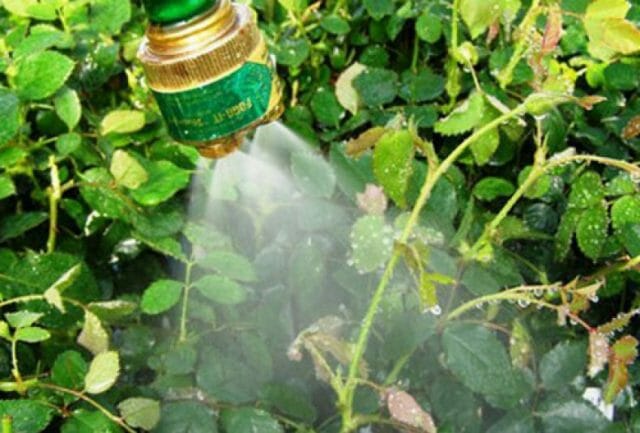

Compositions in which tobacco is added do well with aphids that attack viburnum. Their greatest accumulation is observed on the branches of the plant. The following remedy will help to destroy parasites: 200 g of tobacco dust or makhorka, 200 g of wood ash, 10 ml of liquid soap, 10 g of mustard powder, pour 2-3 liters of warm water. Insist in a dark place for two days. After this period, filter and pour so much water into the infusion so that the volume is 10 liters. The resulting infusion is used to process the underside of the leaves and tree branches. You need to carry out the procedure three times every 6-8 days.
Sorry, there are currently no polls available.
What happens if you don't take the right action?
If you do not take any action - special techniques that have been developed for a long time, including folk recipes - then during the summer aphids can give up to fifty generations inclusive.
In this situation, any area, even an unusually well-groomed one, will be significantly damaged. The number of pest species in the Northern Hemisphere alone exceeds four and a half hundred and is one of the most dangerous pests in agriculture, gardening and forestry.
The solution to the question of how to deal with aphids is sometimes extremely difficult: the fact is that the rate of its reproduction is extremely high. In an effort to get rid of it as quickly as possible, the owners of the site will be able to save their harvest.
Plants, birds and insects against aphids
It so happened in nature that aphids have acquired natural enemies.We are talking about praying mantises, bugs, wasps, ladybirds. Eating plant lice is not against sparrows, titmice, robins, beetles, etc. In order not to bother with pest control methods, you can shift the task "onto the shoulders" of birds, but for this you first need to do everything so that they settle on the site. This is easy to do. At the dacha, you can build feeders, drinkers, nests. You can attract insects that aphids are at odds with by planting their favorite plants (carrots, parsley).
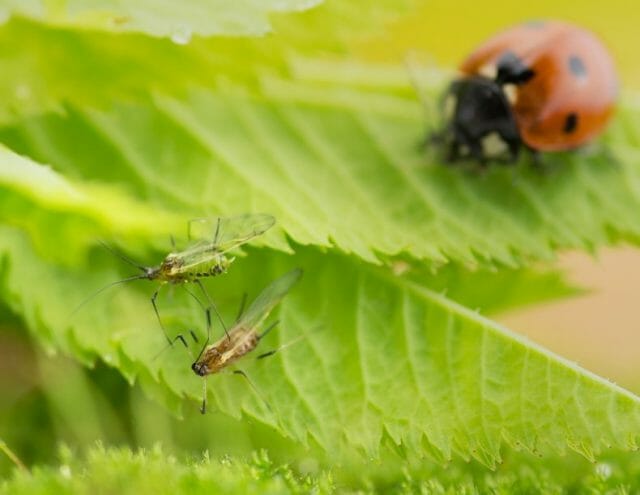

Now you know what methods are effective against aphids. With this information, you will be able to protect crops from pests.
In conclusion, I would like to add that fruit trees and shrubs are sprayed in three stages: at the time of bud formation, after they have faded and 14 days before the fruit is cut off. You need to start processing the berries before flowering and after harvesting. The last spraying of vegetables should be carried out 30 days before harvesting the fruits. If infusions based on potatoes, tomatoes, dope, henbane and tobacco were used as prophylactic agents, the fruits are allowed to be consumed 10 days after spraying.
Ammonium at home and in the country: processing flowers and vegetables
Ammonia is a source of nitrogen for plants and is an ammonia tincture, that is, it is a nitrogenous compound. The tool has proven itself excellent not only as a top dressing, but also as a protection against various pests.
The tool has been repeatedly and successfully used by fans of gardening leisure. Those interested in aphid remedies on roses can safely apply this alcohol for flowers and plants such as:
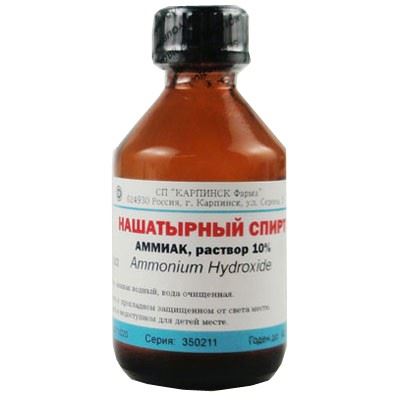

geranium;- lilies;
- clematis;
- cucumbers.
It can be used by dissolving 50 ml of alcohol in 4 liters of water. A healthy type of planting in a summer cottage will be the best gift for caring owners. You can add a little grated soap to the solution - laundry or baby soap.
The function of the soap in this case is to provide adhesion. The finished product can be used for spraying and is safe for use on cucumbers and other edible crops.
Properly used, it will be an excellent top dressing for horticultural crops and deadly poison for aphids.
You can also dilute the ammonia with water and pour the resulting solution into a spray bottle, which is then used against insects while in the garden.
In a country house and at home, ammonia is effective for large-scale cleaning. The aqueous solution is excellent against ants: they scatter quickly, and the specific odor quickly disappears.

